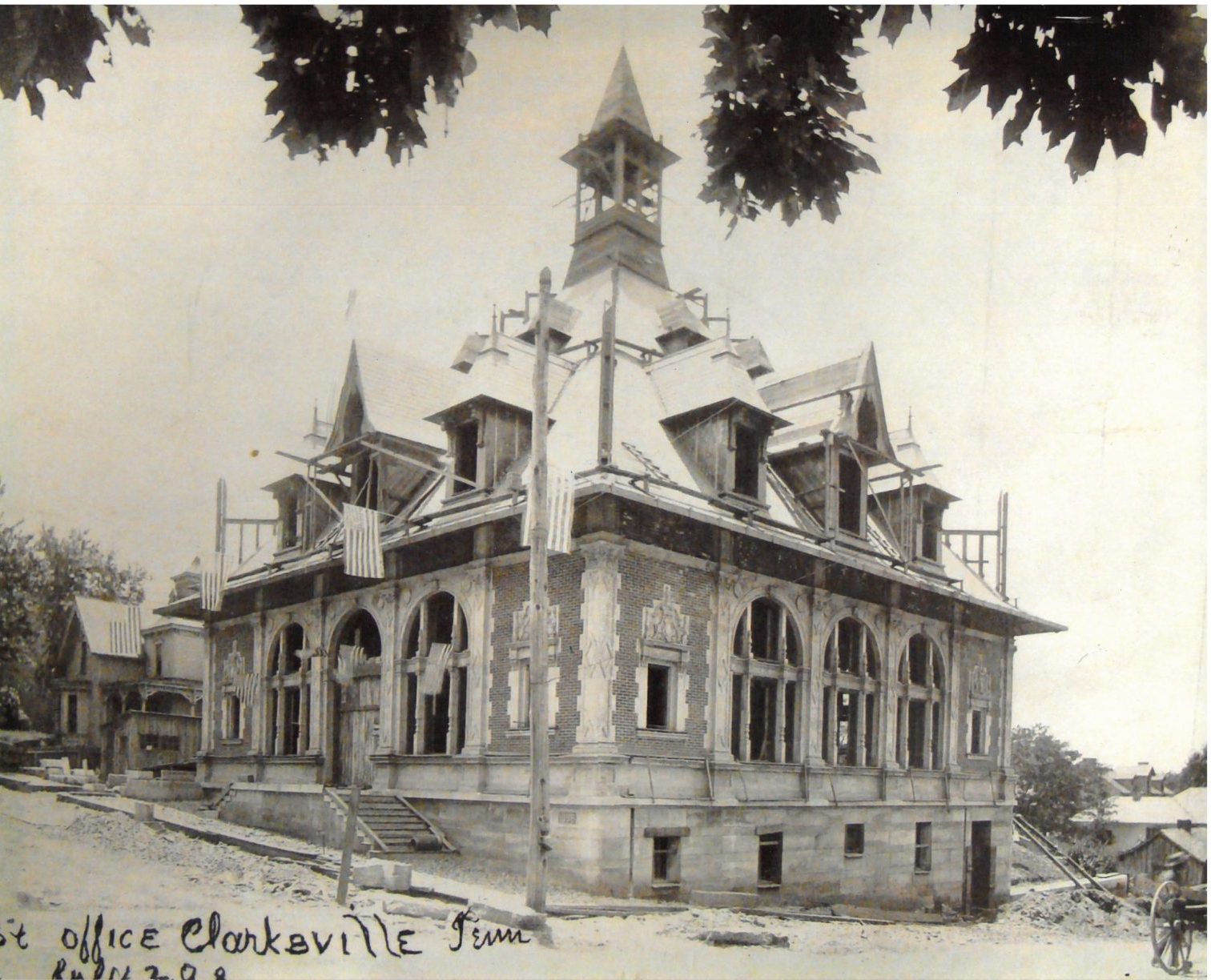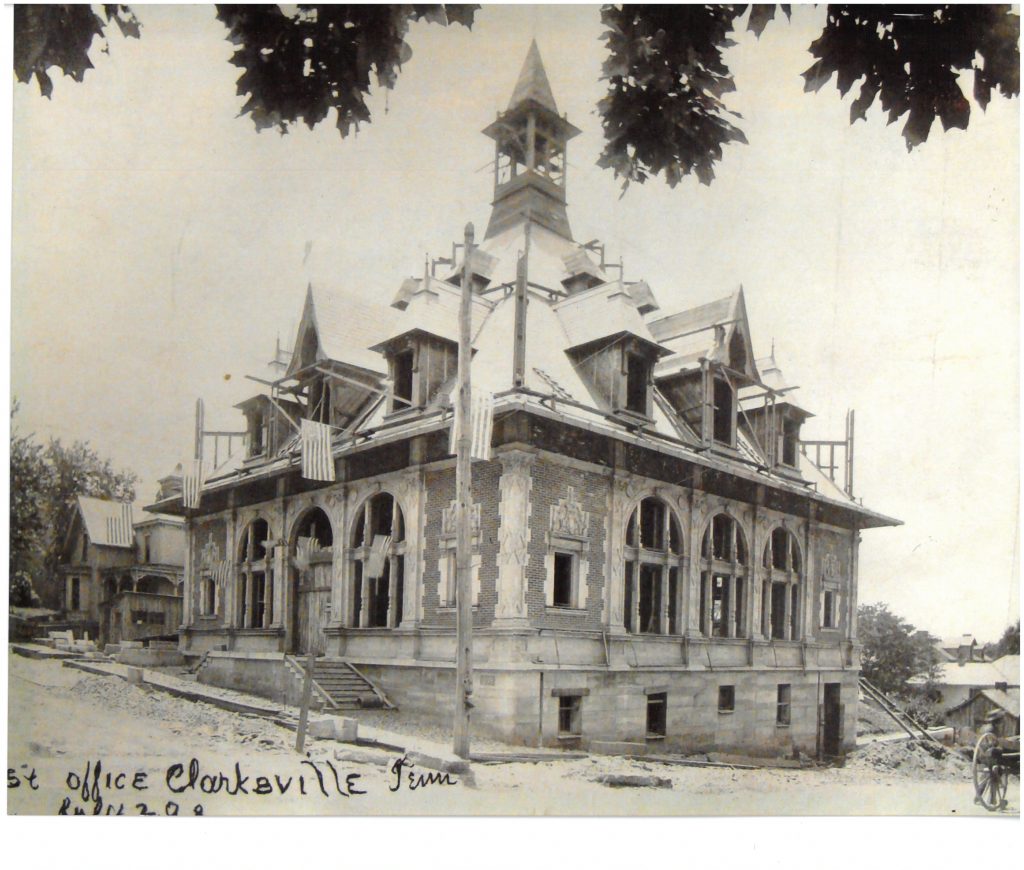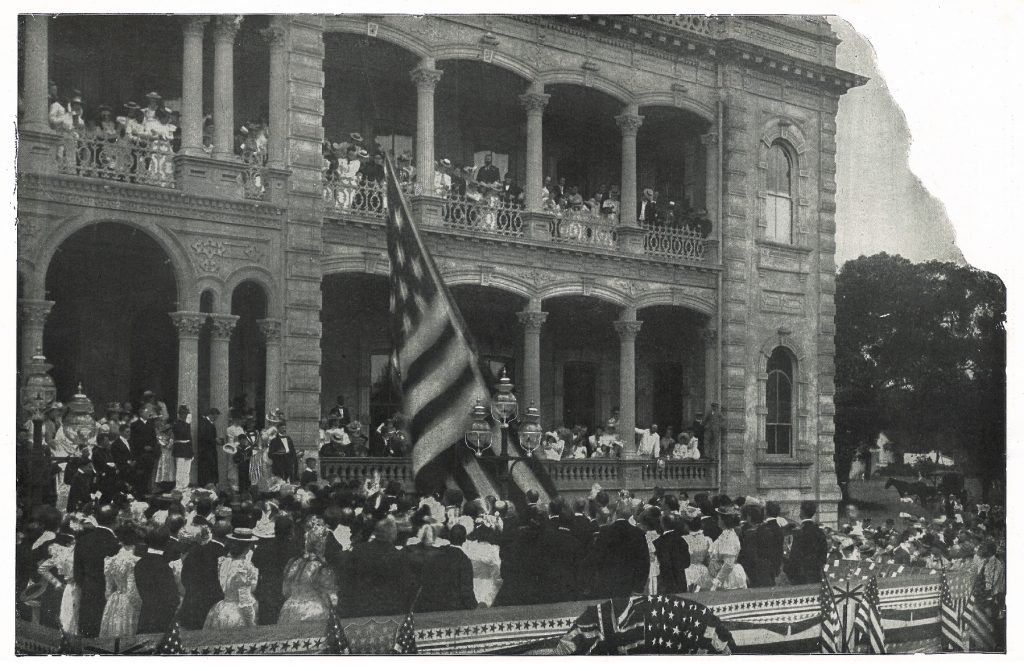
Written by Meghan E. Gattignolo

The Customs House Museum & Cultural Center’s original building – Clarksville’s first official federal post office and customs house – was built in 1898. We touched on the history of the building itself, often referred to as “the 1898 building” by Museum staff, in a previous blog article. Much is still standing from that first year inside the original post office: the safe that is now a walk-in exhibit, the built-in bookcase inside the Postmaster’s Office, even the marble floors of the foyer.
So, what was going on throughout the world in 1898, while Clarksville was busy erecting bronze eagles atop the roof of their new post office and enjoying economic growth from the booming tobacco industry? Besides all the excitement and speculation people were probably feeling about the incoming 20th century, 1898 proved to be an eventful year in its own right.

Émile Zola, L’Aurore
Public domain, via Wikimedia Commons
Émile Zola publishes J’Accuse…!
Famous French novelist Émile Zola took a public political stance in January when he wrote an essay published in the Paris newspaper L’Aurore. Zola accused the French army of antisemitism and covering up evidence in the Dreyfus Affair. Alfred Dreyfus, a Jewish man, was falsely accused of passing military secrets to Germany and was convicted of treason, despite evidence proving his innocence. Zola’s powerful essay turned public opinion in Dreyfus’ favor, leading to the reopening of the case and Dreyfus’ eventual exoneration.
The Spanish-American War
The biggest event of that summer, hands-down, has to be the Spanish-American War. This four-month conflict with Spain brought the United States to the front of the world’s stage. The war began with the U.S. involving itself in Cuba’s fight for independence from Spain, and ended with the territorial gains of Guam, Puerto Rico and sovereignty over the Philippines. Both countries experienced a major turning point as a consequence of the war: Spain began to focus internally on its people, leading to a blossoming of culture, and the United States was cemented as a world leader.

Raising the American Flag at Iolani Palace, August 12, 1898
Walter B. Townsend, photographer
Public domain, via Wikimedia Commons
The United States annexes Hawaii
1898 was a banner year for U.S. territorial gains. While Hawaii would not become a state for another 60 years, the island nation officially became U.S. territory in 1898. The economy of the Hawaiian Islands had been linked closely with the American economy for decades, which created incentive for leaders to overthrow the Hawaiian monarchy, clearing the path for U.S. annexation.
Caleb Bradham renames his new drink
“Brad’s Drink” became Pepsi-Cola in August 1898, marketed by creator and pharmacist Caleb Bradham as a digestive aid.

Empress Elisabeth of Austria
Franz Russ the Younger, photographer
Public domain, via Wikimedia Commons
Death of Elisabeth, Empress of Austria-Hungary
In September, the much-loved Empress Elisabeth of the Austro-Hungarian Empire was assassinated, stabbed by an anarchist during a trip to Switzerland. Sisi, as she was known affectionately, was a very popular, but reluctant, monarch. Her husband, Emperor Franz Joseph I, oversaw one of the largest states in Europe, second only to Russia. The assassination of Franz Joseph’s nephew a couple decades later would spark the world war that would finally dissolve the 600-year-old monarchy. The Netflix series, The Empress, is based on Empress Sisi’s life.
Step back into 1898 as you walk around the Customs House Museum & Cultural Center, Tuesday through Saturday from 10am to 5pm and Sundays from 1pm to 5pm. The 1898 building houses the exhibit Becoming Clarksville, among others. Come discover the people who made Clarksville the city it is today and learn more about the construction of the famous 1898 building, Clarksville’s most recognizable landmark.

Meghan E. Gattignolo is a freelance writer and longtime Clarksville, TN resident. She loves to obsess about historical subjects and annoy her family daily with unsolicited random facts. Meghan holds a History B.A. from Austin Peay State University and lives in town with her husband and two daughters.